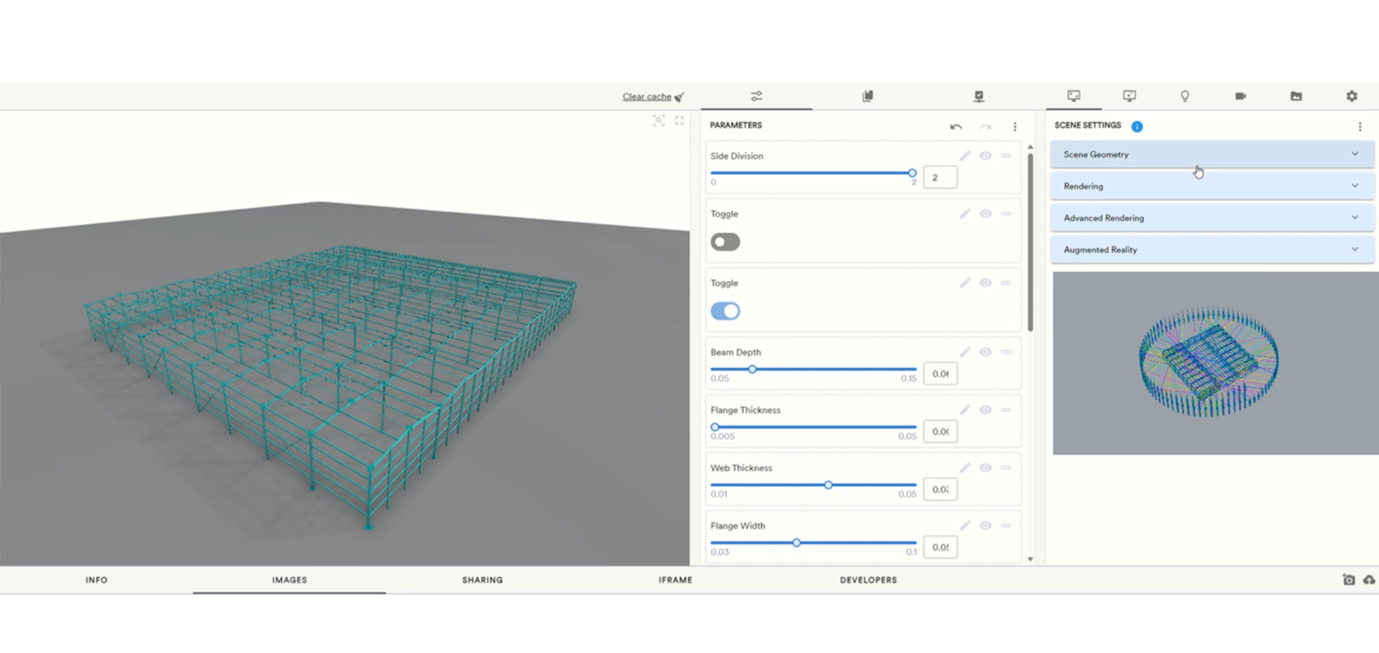latest
Reimagining Steel: Chetwoods' Role in Project RESTOR and the Future of Retrofit and Circular Design in Construction

We are proud to be acting as an industrial advisor for Project RESTOR - a groundbreaking, three-year research initiative into the reuse of structural steel, led by the Universities of Cambridge and Birmingham, to which we are contributing our architectural insight within the wider context of our experience in retrofit and more sustainable reuse.
Project RESTOR (Reuse of Structural Steel in Construction) addresses one of the construction industry's biggest sustainability challenges in terms of materials: the potential for the reuse of structural steel. In the UK, only 15% of steel is reused, with the remainder typically melted down and recycled - an energy-intensive and carbon-heavy process. RESTOR seeks to transform this approach by developing a digital pathway for the efficient, scalable, and low-energy reuse of structural steel.

By integrating non-destructive testing (NDT), machine learning, building information modelling (BIM), and digital twin technology, RESTOR will enable engineers, architects, and construction professionals to assess the integrity and viability of reclaimed steel, supporting confident and efficient reuse in new projects.
Our role
As architects, we sit at the intersection between design, performance, and environmental impact. Our involvement in RESTOR has been anchored in our broader commitment to retrofitting existing assets and our research into the application of circular design principles. Steel reuse is a natural fit within our philosophy which champions wellness, sustainability, and future-thinking strategies as represented by the three principles of our brand: Studio, Thrive and Works.
Design collaboration
One of RESTOR’s most transformative outcomes is the development of a web-based generative design tool, co-developed by the University of Cambridge. This digital platform will allow designers and structural engineers to select reused steel members based on performance and availability; reconfigure building designs around reclaimed components, and seamlessly integrate reused steel into BIM workflows.

The tool will act as a parametric warehouse - an intelligent catalogue where each reused steel element is backed by performance data from NDT and machine learning algorithms. For architects, this marks a crucial shift: steel reuse will no longer be a manual, ad-hoc process. It will become a data-driven design strategy embedded right at the start of a project.
Sustainability at scale
RESTOR’s impact will have the potential to increase steel reuse from 15% to over 50%, dramatically reducing the need for new steel. The significant resulting carbon savings will support the UK’s net-zero targets and demonstrate that sustainability and scalability can go hand-in-hand.
The project’s methodology is more widely adaptable to different uses and industries, with future applications anticipated in the reuse of façade systems and other components, opening new doors for circular design strategies across a broader range of materials.
Wider industry benefits
RESTOR is creating a blueprint for the future of more sustainable construction. By embedding reuse into the design process, enhancing stakeholder collaboration, and reducing carbon emissions and costs, RESTOR sets a new benchmark for how we build and reuse in the 21st century. Other research we have done in this area includes our recently published report ‘Enabling Structural Timber in UK Logistics’.
Article tags
Share this insight
.jpg)
.avif)
.avif)

